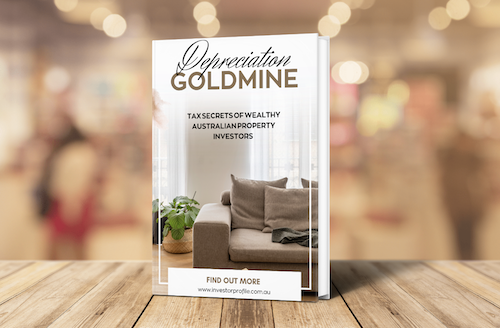Maximum Lending and Property Purchase Process Through an SMSF in Australia
Self-managed super funds (SMSFs) give Australians a flexible way to invest in property for retirement savings. Understanding how much you can borrow and the step-by-step purchase process is vital to maximise your retirement wealth.
SMSF Property Lending: Key Facts
- Limited Recourse Borrowing Arrangements (LRBAs): SMSF property loans must use an LRBA with strict conditions.
- Loan-to-Value Ratio (LVR): Generally up to 70% for residential properties and 80% for commercial assets.
- Minimum SMSF Balance: Lenders often require the fund to hold between $150,000 and $200,000 after settlement.
- Cash Requirements: A 30% deposit plus around 5% extra to cover stamp duty and fees.
- Interest Rates: Typically range from 6% to 8%, higher than standard home loans.
- ATO Compliance: Loans must meet the sole purpose test and adhere to contribution caps set by the Australian Taxation Office.
How to Buy Property Through an SMSF
Here’s a streamlined guide to purchasing property via an SMSF:
1. Establish Your SMSF
Confirm your trust deed allows both property investment and borrowing, and engage a specialist to ensure proper setup.
2. Conduct a Financial Assessment
Review the SMSF’s liquidity and income stream to verify it can support loan repayments and ongoing costs.
3. Select a Suitable Property
Choose a market-valued asset and avoid related-party residential purchases to comply with ATO rules.

Discover the #1 tax secret wealthy Australian property investors use to grow their portfolios faster — even in a high interest rate environment.
- Learn how to turn wear and tear into wealth
- See real examples of $15,000+ first-year deductions
- Understand how to structure your purchases for maximum after-tax ROI
Download Your Free Wealth Building Guide
This ebook reveals how to legally slash your tax bill while building long-term wealth through property. Learn the strategies savvy investors use to gain an edge — even before settlement.
- Maximise tax deductions and improve cash flow
- Understand Division 40 vs 43 and how to claim both
- Position yourself to reinvest and scale faster
4. Arrange the Financing
Set up a bare trust to hold the property, apply for an LRBA loan, and use SMSF funds for the deposit and setup expenses.
5. Complete Settlement and Compliance
Work with legal, financial, and compliance professionals to finalise the purchase structure and ensure ATO adherence.
6. Manage the Investment
Ensure all rental income and expenses flow through the SMSF, keep detailed records, and maintain ongoing compliance.
Example Scenario
For a $500,000 residential purchase:
- Loan Amount: $350,000 (70% LVR)
- Upfront Funds: $175,000 covering deposit and fees
- Required SMSF Balance: Approximately $250,000 post-settlement
Final Tips
Investing in property via an SMSF can boost retirement savings through tax advantages, but it requires careful planning and strict ATO compliance. Consult qualified professionals from setup through to management to optimise your results.
For tailored advice on financing new property investments within your SMSF, visit our expert property investment advisory.


